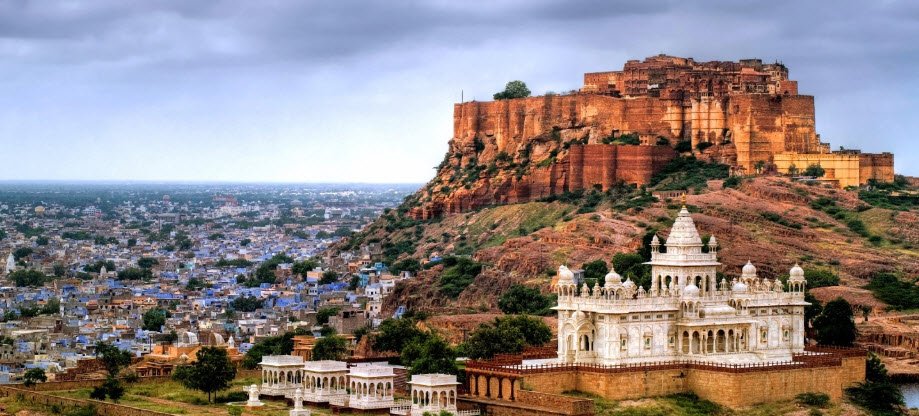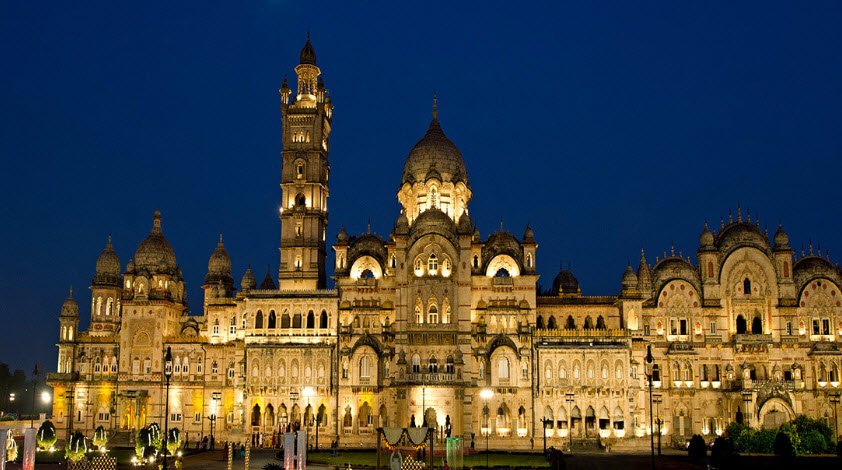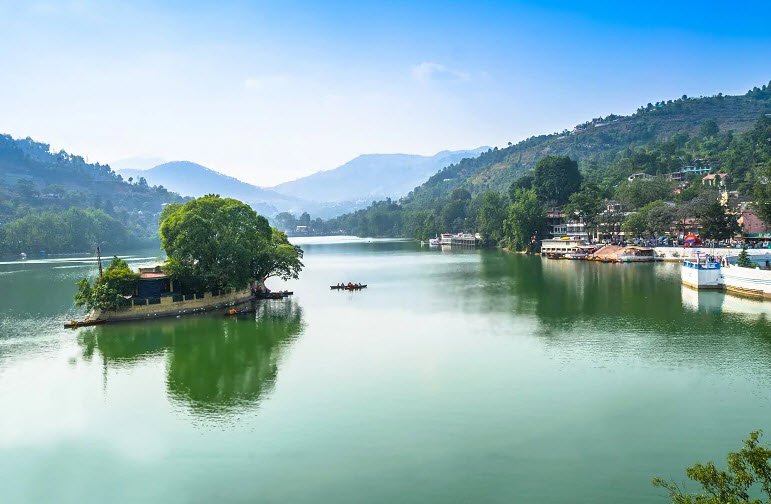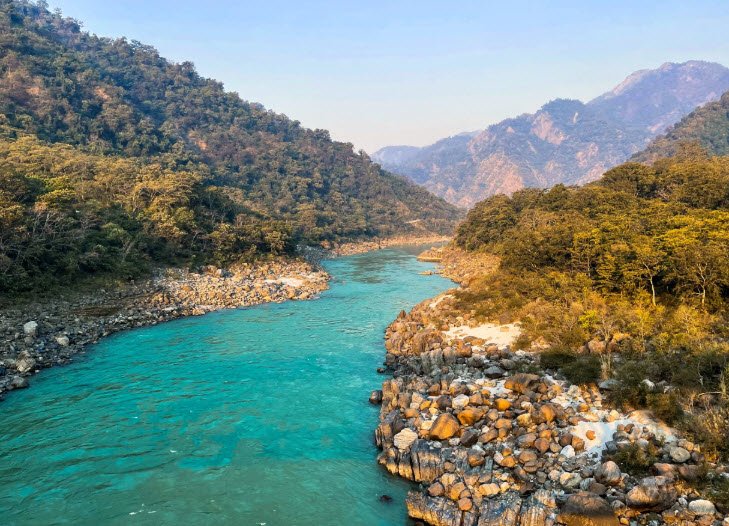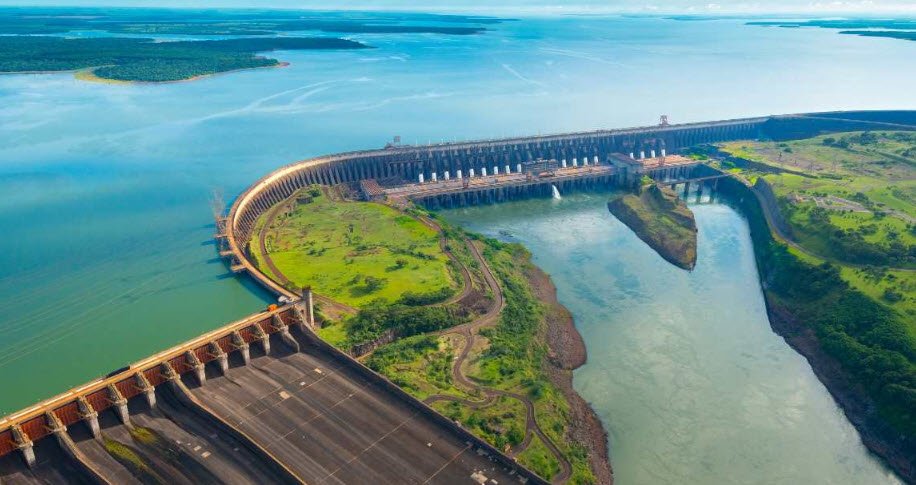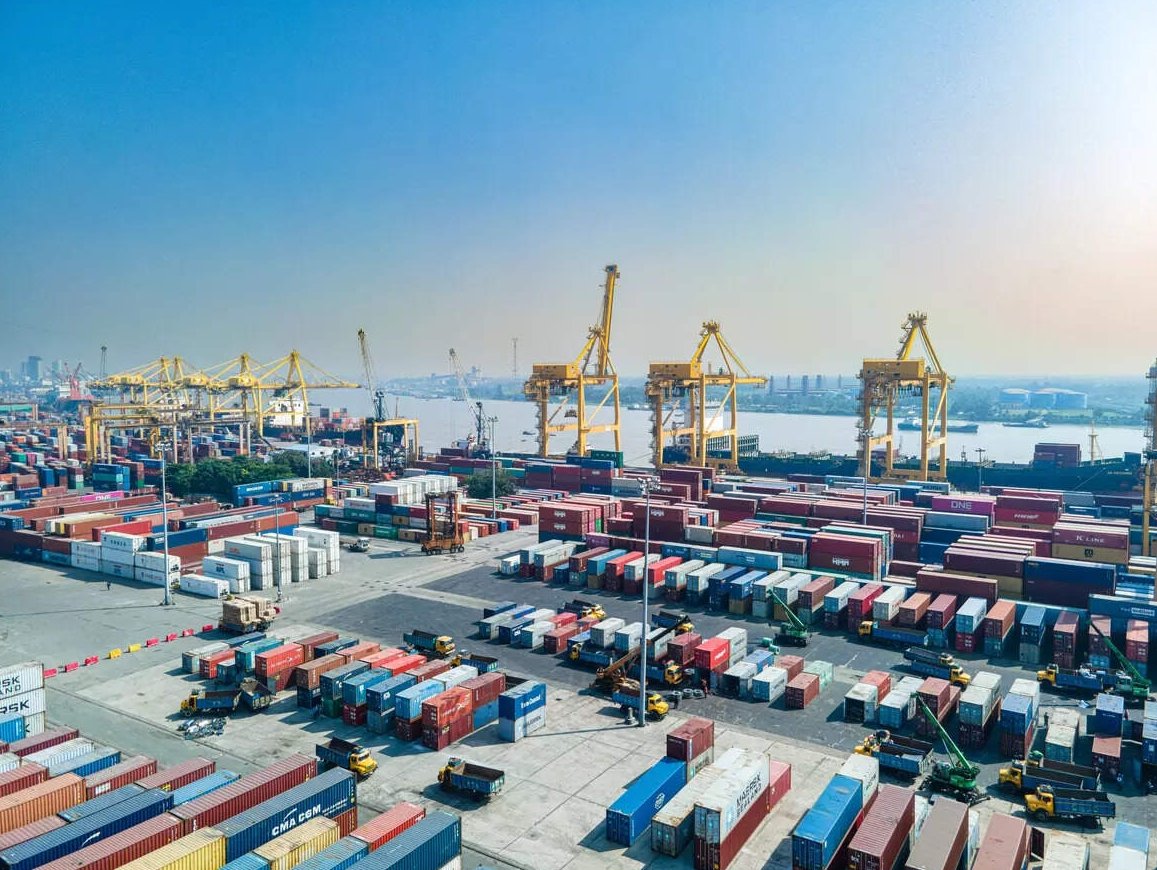
Top 4 Ports Operated by India Around the World
Top 4 Ports Operated by India Around the World
India has long been a maritime power, strategically located at the crossroads of major sea routes in the Indian Ocean. But in recent years, New Delhi has extended its maritime vision beyond its borders, investing in and operating ports in key international locations.
From Iran to Israel, these India-owned or India-operated ports serve as anchors for trade, connectivity, and regional diplomacy. Here’s a look at four key ports where India’s presence is shaping the global maritime landscape.
1. Chabahar Port – Iran
- Operator: India Ports Global Ltd (IPGL)
- Strategic Partner: Government of Iran
- Key Role: Gateway to Afghanistan and Central Asia
Chabahar Port, located on Iran’s southeastern coast, is India’s first overseas port project. Developed and operated by India Ports Global Ltd, the port provides a crucial alternative route for trade with Afghanistan and Central Asia, bypassing Pakistan.
Since operations began, India has invested heavily in port infrastructure, cargo handling, and connectivity. Despite challenges from international sanctions, the project symbolizes India’s commitment to strengthening regional connectivity through the International North–South Transport Corridor (INSTC).
Chabahar gives India direct access to Central Asia, reduces dependency on Karachi Port, and strengthens its geopolitical foothold in West Asia.
2. Sittwe Port – Myanmar
- Operator: India (Built and transferred to Myanmar Government)
- Project: Kaladan Multi-Modal Transit Transport Project
- Key Role: Linking India’s Northeast to the Bay of Bengal
Developed with full Indian funding, the Sittwe Port is part of the Kaladan Multi-Modal Transit Transport Project, connecting India’s eastern seaboard (Kolkata) with Myanmar and India’s landlocked Northeast region.
The port, inaugurated in 2023 for operations, facilitates direct maritime trade and logistics movement between India and Southeast Asia. It’s seen as a vital component of India’s Act East Policy. Sittwe boosts trade and security in India’s Northeast and helps counterbalance China’s growing influence in Myanmar’s infrastructure network.
3. Colombo Port & West Container Terminal – Sri Lanka
- Operator: Adani Ports and SEZ (India) in partnership with John Keells Holdings (Sri Lanka)
- Project: Colombo West International Terminal (CWIT)
- Key Role: Enhancing Colombo’s transshipment capacity
Adani Ports’ investment in the Colombo West International Terminal (CWIT) marked one of India’s largest overseas port ventures. Located in the heart of the Indian Ocean, the CWIT strengthens India’s maritime linkages with Sri Lanka — a key node for global trade between Asia, the Middle East, and Europe.
This terminal will handle ultra-large container ships, adding significant capacity to Colombo Port, which already handles the majority of transshipments for Indian cargo.
It ensures that India plays a larger role in regional trade logistics and prevents strategic overdependence on Chinese-backed port projects in Sri Lanka.
4. Haifa Port – Israel
- Operator: Adani Ports and SEZ (India) & Gadot Group (Israel)
- Stake: Adani Ports owns 70%
- Key Role: Expanding India’s presence in the Mediterranean
In 2023, Adani Ports acquired a 70% stake in Haifa Port, one of Israel’s largest and busiest maritime gateways. This marks a major milestone for India’s private sector in global port operations. Haifa connects Indian trade routes to Europe through the Mediterranean, strengthening India’s commercial and strategic partnership with Israel.
Haifa symbolizes India’s emergence as a global maritime player moving beyond regional waters to the western edges of Asia and Europe.
India’s overseas port operations serve more than just commercial interests. They represent strategic depth, economic diplomacy, and regional connectivity. Each port whether in Iran, Myanmar, Sri Lanka, or Israel — contributes to India’s broader vision of a secure and interconnected Indo-Pacific.
Conclusion
From Chabahar to Haifa, India’s growing network of overseas ports highlights a shift from being a regional maritime nation to a global logistics and trade player. These investments demonstrate how infrastructure diplomacy can enhance economic ties, strategic autonomy, and global connectivity, one port at a time.





